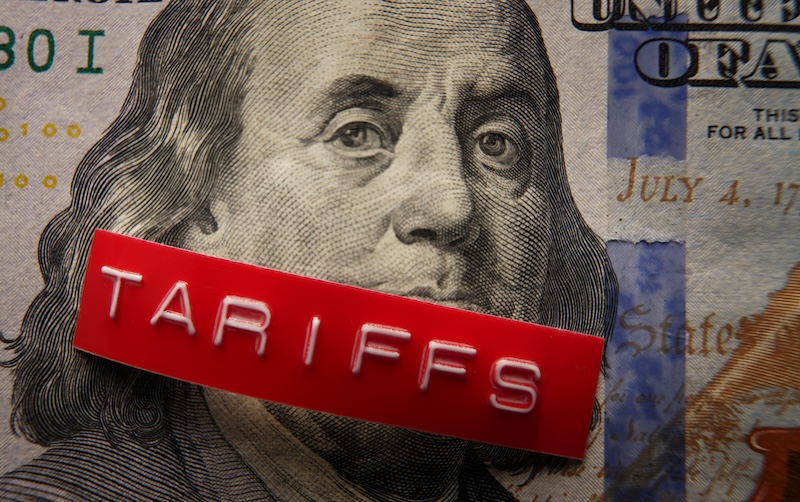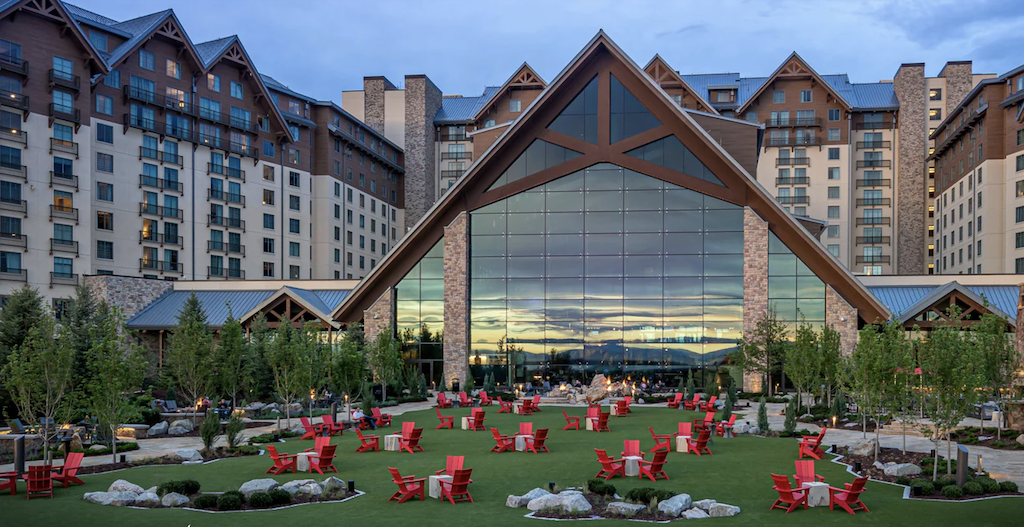
The casual industry, like so many across the United States, has been on a roller-coaster ride of uncertainty since President Donald Trump announced sweeping tariffs last week on imported goods from a wide swath of the globe. Global stock markets responded with the largest decline since the Covid-19 market crash in 2020. And yesterday, Trump announced a 90-day pause on additional duties above the universal 10% tariff on most nations, with the exception of China, which is now subject to a 125% tax rate on imports with new reciprocal tariffs combined with previously announced duties.
While the stock market responded positively to the news of the tariff pause, many in the furniture industry remain fearful of what these tariffs will mean for their businesses.
“It will hit us badly,” said Lisa Zhou, CEO, Gensun Casual. “None of the factories and importers like us can absorb it — we will have to pass the major portion of the tariff to the consumer before outsourcing production in a low-tariff country.”
When the Trump administration enacted tariffs on imports from China in 2018, many companies looked for alternative production locales such as Vietnam and Indonesia, as well as Mexico and South America. But with the threat of additional duties on imports from these nations, some companies are unsure what those low-tariff alternatives might be.
Casual manufacturers and retailers specializing in teak — which is primarily grown in Southeast Asia — find themselves in a particularly precarious spot if the Trump administration moves forward on tariffs on imports from that region. Frances Atherton, head of new business development at Vietnam-based HiTeak, said the proposed 46% tariff on products from that nation have caused a lot of stress, and the uncertainty of if or when those duties will be imposed has compounded that worry.
“Many of our best customers will suffer, and many may simply close up shop,” she said. “And the worst of this is the chaos — nobody really knows what to expect. Is this real, or is this just Trump testing the water to see what he can renegotiate? This leaves more questions than answers.”
Domestic manufacturers such as OW Lee stand to potentially benefit from tariffs on imports, but Leisa McCollister, the company’s vice president of marketing, said they also see the potential for supplier price increases.
“Our cost of goods will be affected somewhat, but it will be very minimal compared to importers. This will make our price more competitive in the marketplace,” she said. “We also have new opportunities to manufacture components for other industries that will help us stay busy in the winter months and retain skilled workers. However, we are concerned that as the demand for domestic supplies increase, we will see prices increases from our domestic suppliers, as well.”
Certainly, manufacturers and retailers on the lower end of pricing stand to suffer the most, as most if not all of their products are imported and their selling model can’t withstand significant price hikes. McCollister said those impacts could have ripple effects throughout the industry.
“It’s going to be very painful, unfortunately, because a lot of the casual furniture in the marketplace is imported,” she said. “Our industry will likely experience higher costs, some supply chain disruption and probably some market consolidation. I think the specialty retailers that focus on price are at a big disadvantage and the ones that focus on quality product, exemplary service and selection/customization will fare better.”
While some see these tariffs as merely a bargaining chip with other countries, the fact remains that the duties imposed in 2018 have stuck, even through the subsequent administration. And as many manufacturers and retailers navigate the next 90 days, the only certainty is that uncertainty will persist.
“I’m not sure anyone knows exactly what’s going to happen here — whether this is temporary or permanent,” said Bew White, executive chairman, Summer Classics. “But if the past has anything to do with it, it may not last at the rate we currently have. But most of the tariffs that were put in place in the last Trump administration stayed in place, so it seems wise to think that way again.”
*Editor’s note: As this situation continues to unfold, we would love to hear your thoughts on the issue of tariffs. Contact me at jennifer@homenewsnow.com to share your perspective.







